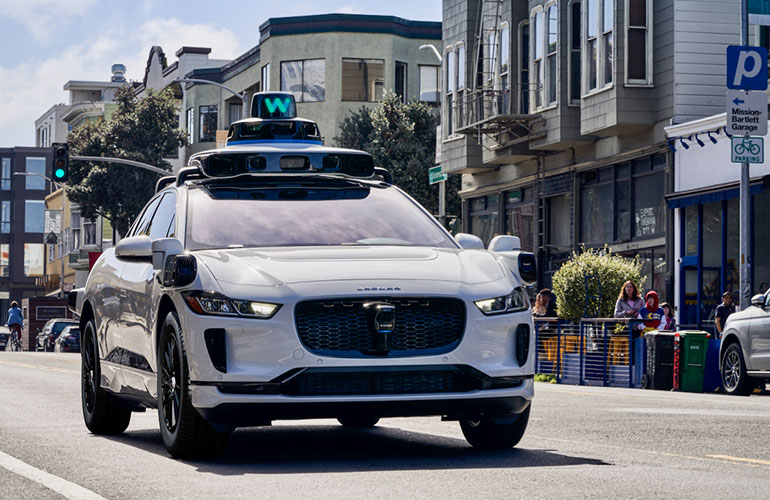San Francisco was intended to be a pioneer city for autonomous vehicles, but the path has proven rockier than anticipated. This month, San Francisco filed a lawsuit against California's regulator of robotaxis, the CPUC, in an effort to clamp down on further testing and deployment in the city. The lawsuit centers around safety concerns, with hundreds of incidents reported involving Cruise and Waymo robotaxis interfering with first responders, causing traffic issues, and disrupting public transit.
The CPUC had granted Cruise and Waymo permits in August 2023 allowing the companies to charge for robotaxi rides, expand service areas and hours of operation, and rapidly scale up fleets. San Francisco's lawsuit aims to force the CPUC to revisit that decision and address the safety issues that have emerged. The lawsuit requests reporting requirements, benchmarks, and regulations to mitigate risks to the public.
This legal action builds on earlier efforts by the city attorney to delay ramp-ups and get additional hearings on safety. It deals another blow to the troubled Cruise, which has its California permits suspended, while Waymo continues limited operations. Waymo intends to bring robotaxis to Los Angeles this year, showing the geographic expansions sought despite setbacks.
The August 2023 decision was initially a major milestone suggesting robotaxis had turned a corner. But in the ensuing months, collisions, glitches, and errors led to recalls, investigations, permit suspensions, executive resignations, and layoffs. The death of a pedestrian in an accident with a Cruise vehicle in October brought national scrutiny.
San Francisco's lawsuit reflects how aspirations and reality have diverged for autonomous vehicles. The technology shows promise but remains unreliable interacting with complex urban environments. Building public trust is an ongoing challenge after high-profile mishaps. More rigorous evaluation of safety may be necessary before uncontrolled deployment.
If robotaxis are to be a sustainable mobility solution, companies and regulators cannot ignore concerns raised by the communities where testing occurs. Progress requires accountability, responsiveness, and patience as the technology matures. San Francisco's legal action underscores how the road ahead remains filled with obstacles for AVs aiming to reach their destinations.


















